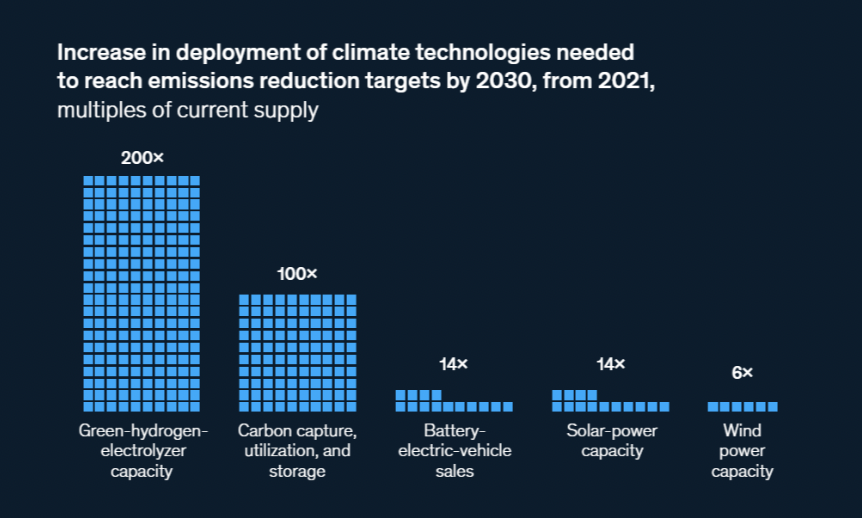How Better Warehouses Increase Trade in Africa

Kuwait-based Agility Logistics Parks customers can log-on to view contracts and make payments.
UK MOD personnel can log-in to the GRMS portal to schedule household relocation shipments.
Kuwait-based Agility Logistics Parks customers can log-on to view contracts and make payments.
UK MOD personnel can log-in to the GRMS portal to schedule household relocation shipments.
By Tarek Sultan
Vice-Chairman of the Board, Agility
Power generation is the leading source of carbon dioxide emissions. The International Energy Agency recently sent hearts aflutter with the news that “unstoppable” low-carbon technologies have global fossil fuel use on track to peak much earlier than expected – by 2025 or before. According to the International Energy Agency, four-fifths of the new power capacity being added today is generated by renewables.
That’s encouraging but the fact remains that our electrical grid is not yet renewable-ready and that roughly 80% of our power is still supplied by fossil fuels. Our ability to continue adding capacity from solar, wind and other alternatives is limited unless we progress on the hard, time-consuming and expensive task of extending or adding transmission lines and costly infrastructure.
Moreover, some key assumptions underlying earlier forecasts are no longer valid. Power demand is not static. It is surging as we put more electric vehicles on the road, build new data centres and add semi-conductor manufacturing capacity. Chip factories and data centres consume 100 times more power than typical industrial businesses.
Even with added solar and wind generation, we’ll need reliable new baseload power sources to replace what we get today from fossil fuels. That’s why there is so much interest in scaling and commercializing clean hydrogen.
In the meantime, however, we need “bridge” solutions. Natural gas and nuclear power are cleaner than coal and oil. While both are environmentally problematic, we risk damaging the global economy and threatening our energy security if we cut them off prematurely without using them to aid our transition.
Political opposition is blocking investment in new natural gas infrastructure – pipelines, liquefaction facilities, shipping – when we could invest in ways to reduce LNG methane emissions by mitigating leaks associated with drilling, storage and transport.
Earthmind’s Franklin Servan-Schreiber makes the case for the growing importance and viability of nuclear power, particularly in the Gulf. Advances in “transmutation” nuclear energy processes make it possible to generate power in a way that is safer, cleaner and cheaper while also addressing fears of nuclear weapons proliferation.
“Nuclear energy represents the only carbon-free baseload energy available in this (Gulf) region without rivers, making it an indispensable component of any net-zero energy mix,” says Servan-Schreiber.

Increase in deployment of climate technologies needed to reach emissions reduction targets by 2030, from 2021.Image: McKinsey
In road transportation, zero-carbon solutions are being considered but are not practical today. And that’s not all bad: the “greenest” car in America isn’t a fully electric Tesla or Rivian. It’s the trusty hybrid Toyota Prius, which is hugely popular, versatile, reliable and affordable.
Sadly, there are few hybrid options when it comes to long-haul trucking. The bulk of research and development and investment have gone toward developing emissions-free vehicles: battery-electric and hydrogen-fuel trucks.
For now, trucks powered by heavy, industrial-scale batteries have a maximum range of about 300 miles and require several hours to recharge. Hydrogen-powered trucks refuel faster (about 30 minutes) and can cover up to 500 miles at a time. In both cases, adequate fueling networks and infrastructure are years away. In the meantime, current versions of zero-emission vehicles are still roughly three times more expensive than diesel trucks, even after tax breaks and incentives.
On the policy front, businesses are struggling to keep pace with new emissions mandates and disclosure requirements. This year, new reporting rules in Canada and Germany prompted howls of protest from businesses begging for more time to comply. The EU recently rejected new rules requiring detailed reporting on the environmental and labour impacts of member countries’ supply chains.
Elsewhere, companies have retreated from their climate commitments and struggled to persuade investors that sustainability investment will be rewarded with returns.
“Access to capital for new low-carbon investments isn’t a major constraint, but ensuring a return on investment certainly is,” stated Bain & Co. in a September report on the energy transition.
The pushback from business highlights the importance of more collaboration between the public and private sectors. Business leaders recognize the need for environmental and sustainability standards that will advance the net-zero agenda. However, they also want to ensure that new guidelines and mandates don’t crowd out investment or undermine new technology before it can be fully developed.
Accept our marketing cookies to access this content.
These cookies are currently disabled in your browser.Accept cookies
More than 40 countries – home to about half the global population – will hold elections this year. To some extent, the voting will be a referendum on climate policies that are increasingly shaping everyday life. Politicians and policymakers need to counter apathy and climate fatigue with information that brings home the urgency of our transition. But to avoid a popular backlash, we need to avoid fixating on zero-carbon technologies at the expense of low-carbon tech that is cheaper and can deliver immediate impact at a fraction of the cost.
That also means that we can’t allow our pursuit of a zero-carbon future to prevent us from investing in adaptation and resilience. Even if we’re able to accelerate the energy transition, we need to spend money on seawalls, stormwater management, water supply, distributed power grids, and weatherized buildings, homes and power infrastructure.
The clean energy revolution is paying dividends every day, though not always in the way we expect. Technological refinements are bringing us closer to a carbon-free future. Still, companies that set out to do one thing sometimes end up doing another, as in the case of Molten Industries. This hydrogen startup invented a new way to produce graphite, which is used to expand battery storage capacity.
It’s not a matter of lowering our sights or settling for the incremental over the transformative. We need both.
This blog was originally published by the World Economic Forum.